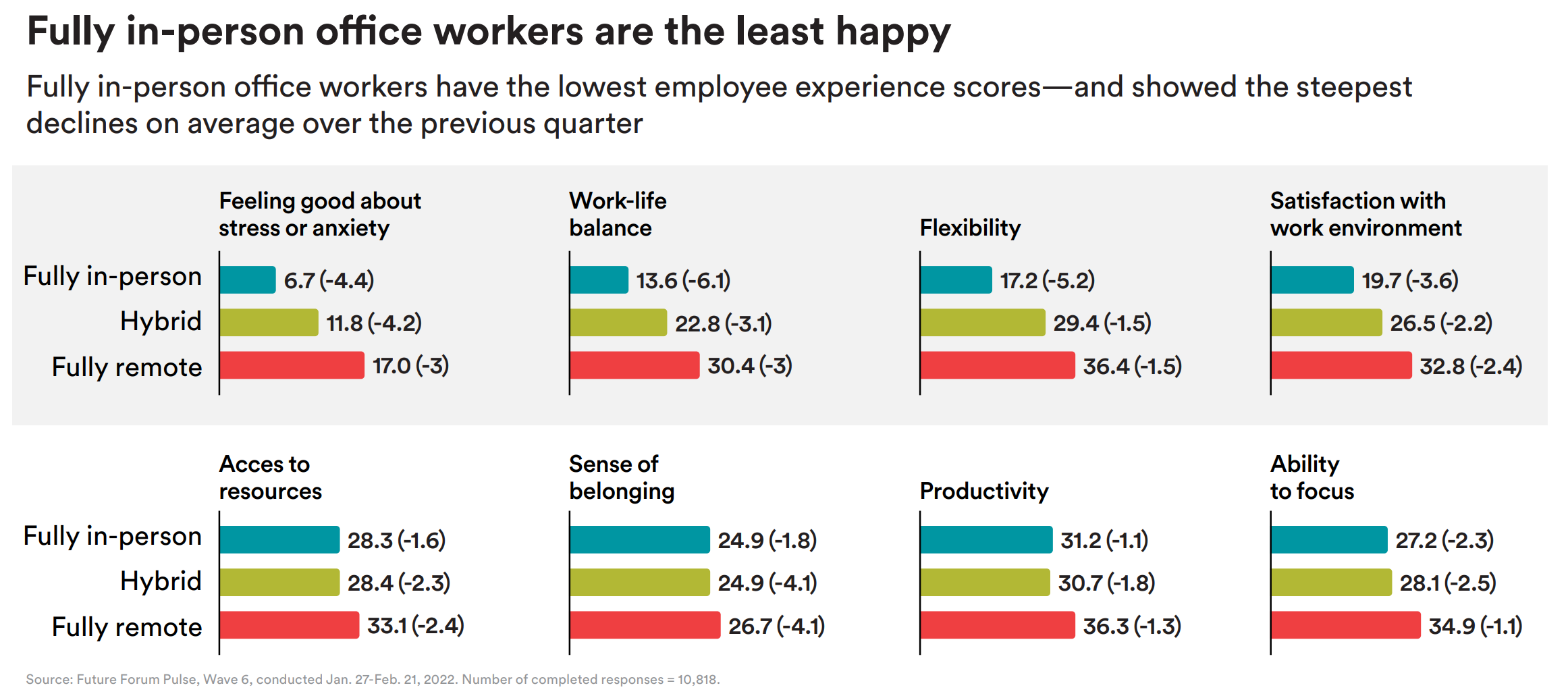A hot potato: It’s no secret that the majority of people would prefer to work from home rather than in the office, but most employers simply don’t care. A new survey shows that by the end of next year, almost three-quarters of companies with RTO policies will require staff in the office at least three days a week. Collaboration and teamwork are major reasons, as are existing lease agreements.
In November 2024, Resume-building platform Resume.Org surveyed 900 business leaders whose companies had implemented return-to-office (RTO) policies since the pandemic.
The results show that 73% of companies surveyed will require employees to work in the office three or more days a week by then end of 2025. Almost 30% of firms will be demanding employees appear in person five days per week, a schedule that Amazon, Nothing, UPS, and many more are following. Only 2% will ask staff to show up once per week or less.

Companies tend to scream the productivity argument when trying to justify bringing workers back, despite studies showing employees feel more productive at home. While increased productivity is one of the primary reasons cited in this survey (47%), strengthening company culture (51%), improving communication (58%), and collaboration and teamwork (69%) are bigger drivers.
There are also practical reasons for wanting employees back. Two-thirds of companies that were surveyed currently lease office space, with nearly half of these leases extending to 2028 or beyond. Over half of these firms said leasing office space influenced their RTO policies, with 16% reporting a major impact and 38% some impact.
There is some good news for workers as a result of these leases, though: 23% of companies plan to decrease the amount of office space they rent. Of these companies, 32% will reduce the number of required days in the office, and 8% will stop requiring employees to go into the office.
Universities from the US and China recently collaborated on a paper titled Return to Office Mandates and Brain Drain, which compares the effect of 54 S&P 500 firms’ RTO mandates on their employee turnover and hiring. The results show that firms experience abnormally high employee turnover of around 14% following the implementation of RTO mandates. Furthermore, the increased turnover rates for these RTO firms are more pronounced in female, senior, and skilled employees.
While companies won’t want to lose their best and brightest workers, there have been accusations that many RTO mandates are masquerading as “quiet firing,” defined as creating conditions that encourage an employee to leave a job voluntarily rather than being terminated by an employer.







Leave a Comment